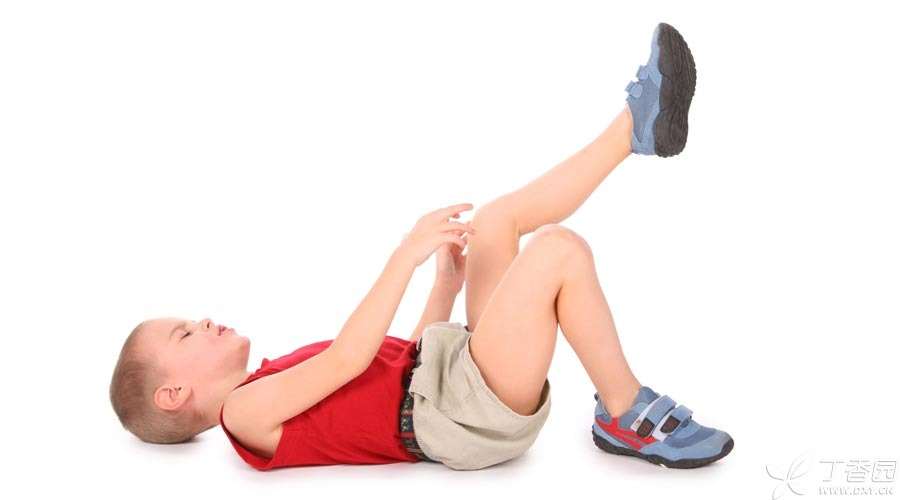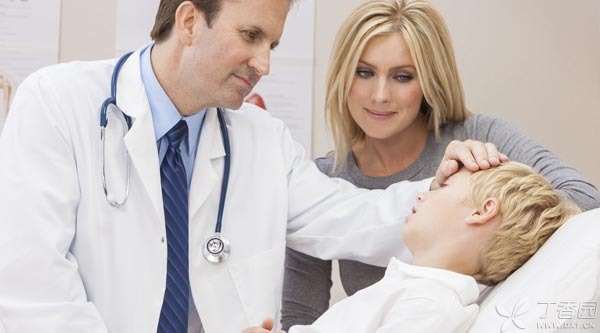
Some children will encounter some growth pain problems in the process of growth and development. The following is a typical example:
The child is 6 years old this year. He has been training for a day in a football training class. He went home and took a bath and was preparing to have a good sleep. However, his leg suddenly hurt and did not get better after more than ten minutes of pain. Parents are worried. Are they injured in the training class? So he immediately took the child to the hospital.
The pediatrician asked about the disease condition, made a simple physical examination, and then gave a diagnosis of [growing pain] without prescribing any medicine.
Parents are even more anxious. Is [growing pain] what? Why not prescribe medicine?
Is what Growing Pain?
Typical growth pain is very common in active children. Children will feel pain, but it is harmless.
Growing pain often occurs at dusk. Children complain about leg pain and convulsions. Although we still don’t know the exact cause of growing pain, it is real. These pains are not imagined by him, nor are he trying to gain your sympathy.
It is currently believed that growing pain is caused by excessive use of leg muscles and is often caused by improper movement of legs and feet. Young muscles and bones are more suitable for running on sand, grass and land than on concrete floors, asphalt pavements and hard floors of gymnasiums.
How to judge growth pain?
Typical manifestations of growth pain are as follows:
- Pain often occurs in the evening after strenuous exercise or before going to bed. The child pointed to the muscles above the thigh and calf to draw a circle, but often could not tell exactly where the pain was. Sometimes this leg hurts, sometimes the other one. The place the child points to is not a joint, such as hip joint, knee joint or ankle joint; You have not found swelling or local tenderness (tenderness points); Activities such as walking will not aggravate pain. The child did not limp or [waddle] when walking. Everything else is normal for the child.
Should what take his children to see a doctor?
Although growing pain is not a big problem with what, leg pain may also be other diseases. If the following conditions occur, you should seek medical treatment quickly:
- The child limped; Pain is fixed in a certain position and lasts for several days or nights. Having local tenderness or swelling; The pain involves the back, or when bending down, it will hurt. The child pointed to the joint and said pain, such as hip joint, knee joint or ankle joint; Pain is accompanied by fever, pallor or other symptoms.

How can I help my child relieve pain?
Just like dealing with all chronic pains, make a growing pain form, paying special attention to recording the severity, frequency and specific description of the pain. Typical growing pains are less frequent and severe, and the description is vague.
Growing pain gives you a chance to connect with your child again and play the shining role of family therapist. Parents can try the following ways:
- Hot compress the pain area with a hot towel. Play soothing music, talk to the child briefly, and massage the affected part at the same time. Soothing touch and a little loving care are often what a child needs. Let the child stretch out his legs, move his feet up and down, stretch his muscles. Give him a hot bath. Replenish the child’s water. After intense exercise, dehydrated muscles may hurt. During and after the exercise, please make sure that the child drinks a lot of water. Check the feet. The movement of varus feet and flat feet on hard ground may cause the child’s center of gravity axis to be out of balance, compress muscles and cause pain. If you are not sure, you can turn to a pediatrician. Use heel cushions. The developing calcaneus is not suitable for moving on hard ground, so you can put a cushion in your child’s shoes or buy a pair of sneakers with cushions.
Once the child is fully developed, it will naturally pass the growing pain stage, and you don’t have to worry about it. However, when the above-mentioned [vigilance situation] occurs, you need to seek medical treatment as soon as possible.
This article is reprinted under the authorization of < < Sears Encyclopedia of Healthy Parenting > >, with deletions and modifications.
